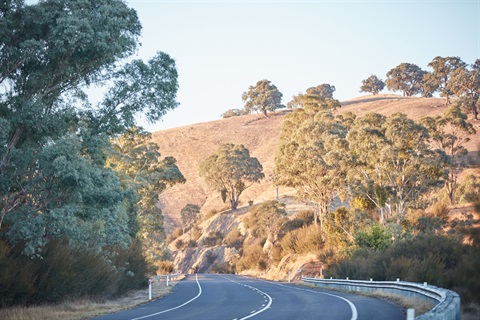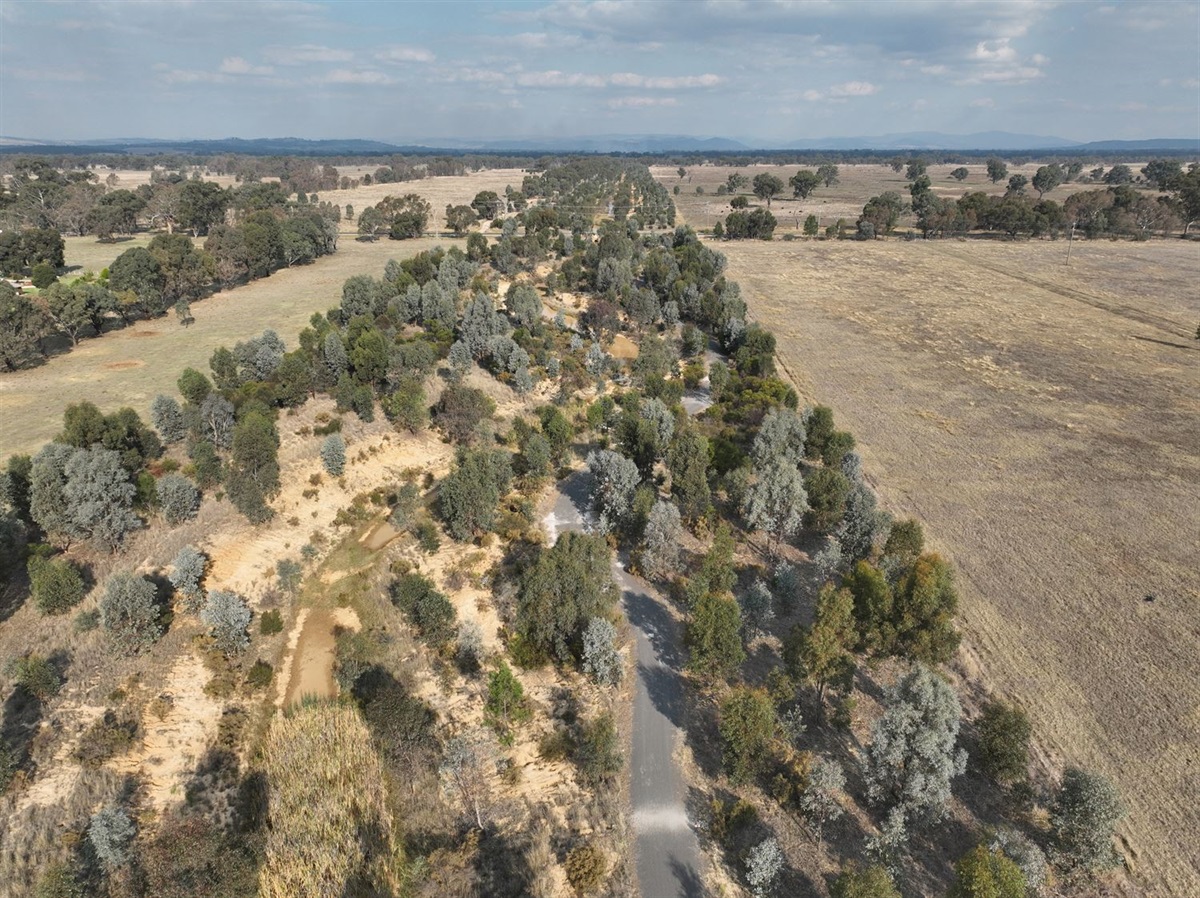Council
has resolved to release a draft plan to help shape the development and renewal
of Geelong’s best-known suburban shopping strip.
The draftPakington St (Geelong West) and Gordon Ave Urban Design Framework (UDF) focuses
on short-term street improvements and long-term renewal projects for the
beloved area.
If adopted, it
would guide future investment and design decisions in three distinct precincts
– the Heritage Core (retail and activity centre); Pakington North and Gordon
Avenue.
The UDF
recognises the areas have their own distinct characters, with the boundaries to
act as transitions in land use and built form.
It aims to
deliver gradual changes through a variety of short-term and medium-term
actions, pilot projects and semi-permanent trials.
The UDF calls
for an immediate focus on streetscape upgrades, to ensure there is universal access
for everyone to enjoy the vibrant street and community life.
Priorities in
the first three years for the Heritage Core include footpath improvements,
plantings, street furniture and public art.
The footpath
would be extended, and more outdoor seating provided, through the creation of
the city’s first ‘parklet’ outside of central Geelong.
The ‘parklet’,
which has been a popular addition to James Street, would be trialled in the
heart of Pakington Street.
Increased
plantings and landscaping, raised pedestrian priority crossings and more bike
parking are also on the agenda.
The vision for
the Pakington North precinct includes positioning it as the ‘gateway’ to the
retail centre, with more lively retail and commercial activity.
Extra plants,
trees and relocatable street furniture, improving the Church Street bus stop
and creating public art on the 200-metre-long rail siding yard interface are
key early projects.
In the longer
term, the area that runs from Waratah/Wellington Street to Church Street has
the potential to accommodate a wider mix of uses, including residential.
In the Gordon
Avenue precinct, the long-term vision is to green the street with increased
plantings and to create better access to the Geelong Station and central
Geelong.
This would be
delivered alongside new residential developments.
The UDF
identifies the area’s potential for substantial infill development, with an eye
to a greater mix of uses and activities.
Increasing
housing diversity and supply is a key feature of the City’s plan to manage
future growth.
The long-termSettlement Strategy aims to facilitate infill development to raise its housing
supply contribution to 50 per cent by 2047.
The City is
keen to hear from local traders, residents, land owners and the wider community
about how we can help guide the future of this much-loved part of Geelong.
The draft UDF
can be viewed at www.geelongaustralia.com.au/mypako
More
information can be gained at one of our public drop-in sessions, which will be
held at the Virginia Todd Community Centre on 25 March and 26 March from 5.30pm
to 7.30pm.
You can attend
a drop-in session that suits you or provide your views on the plan via www.geelongaustralia.com.au/yoursay until 1 May.
Greater Geelong Mayor Stephanie Asher
Pako is one of
our most beloved retail and café strips. We want to improve on the distinct cultural heritage and
special character of Pako, rather than drastically change it. This plan aims
to ensure the streetscape and the public spaces better reflect the
well-deserved high reputation of the area.
Cr Peter Murrihy, Brownbill ward
The UDF will
guide long-term plans to enhance the separate areas, maximise what they can
offer and improve their connections to each other and to locations such as
central Geelong. Across the city
we want to see more compact livable neighbourhoods, that are within easy
walking and cycling distance to key services, activity centres and public
transport.







